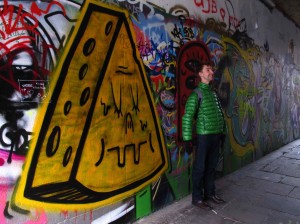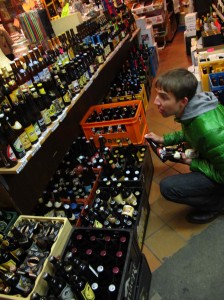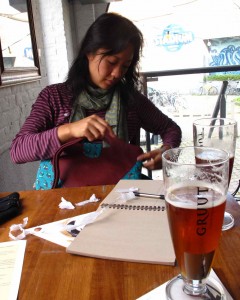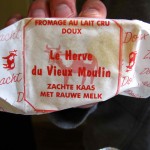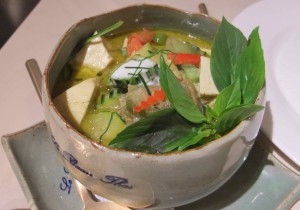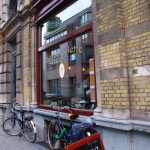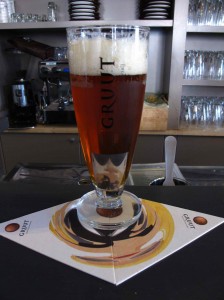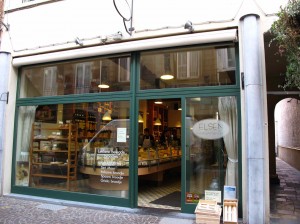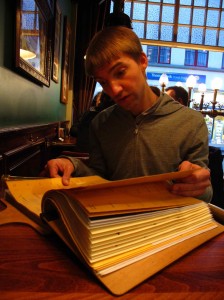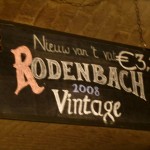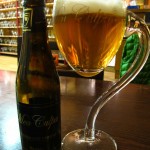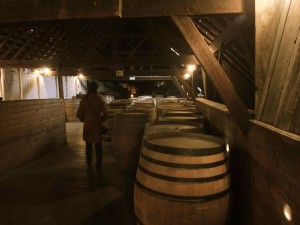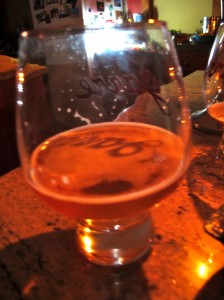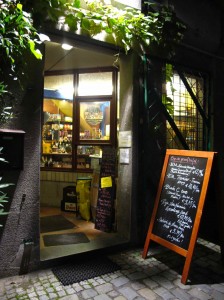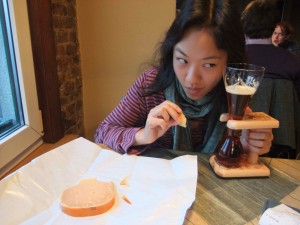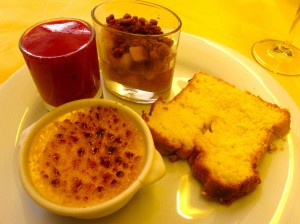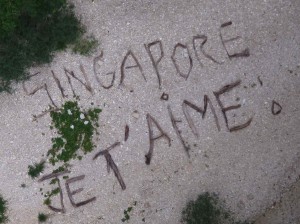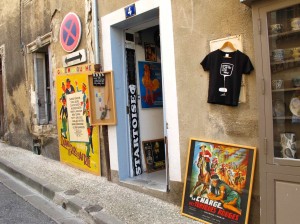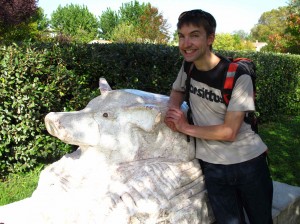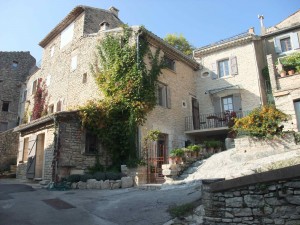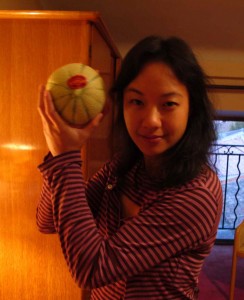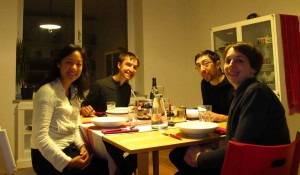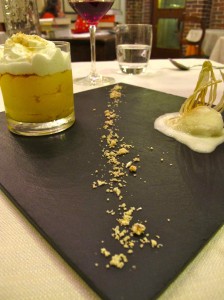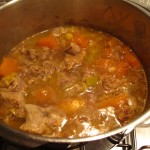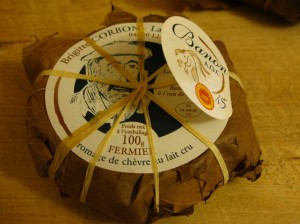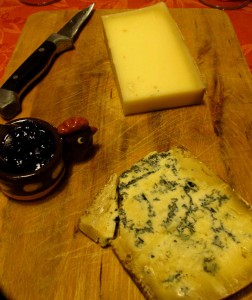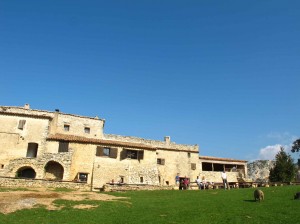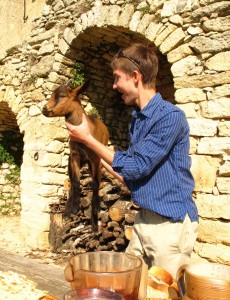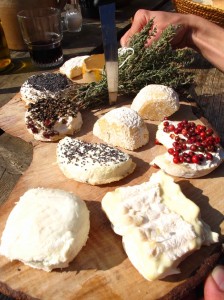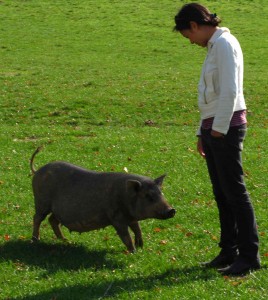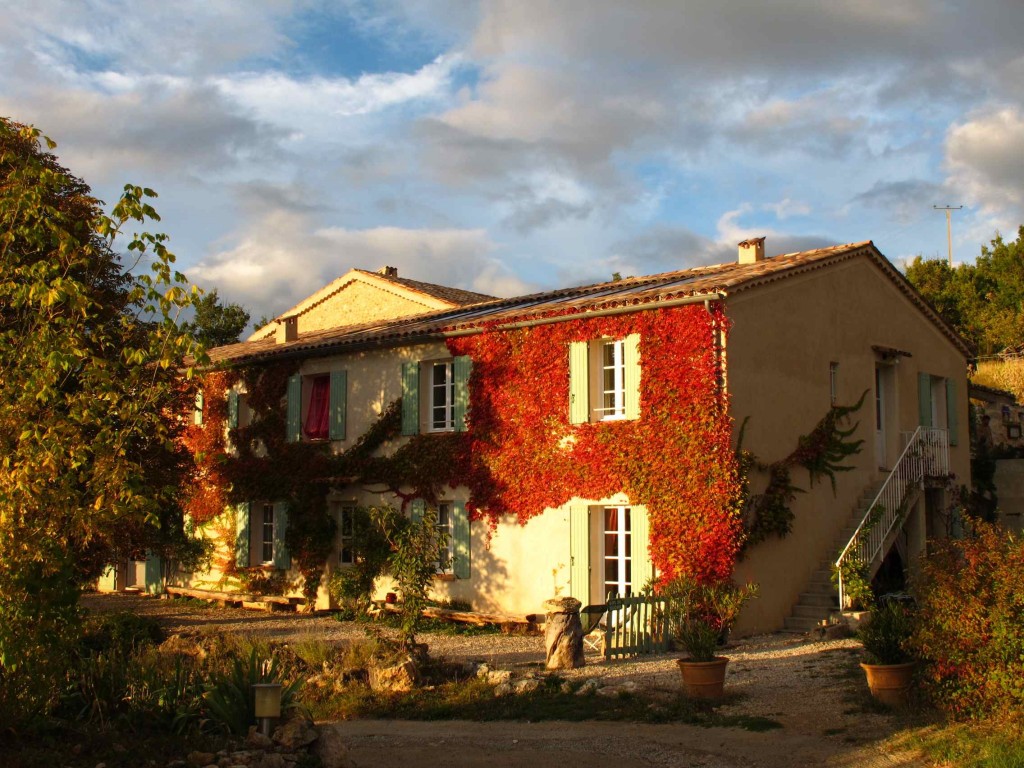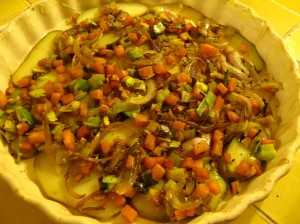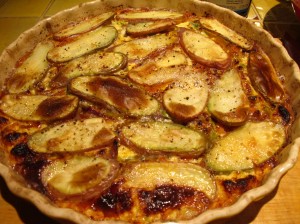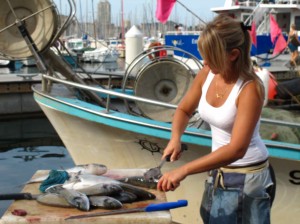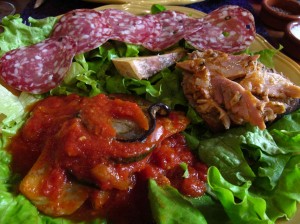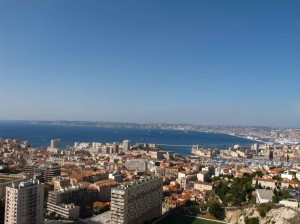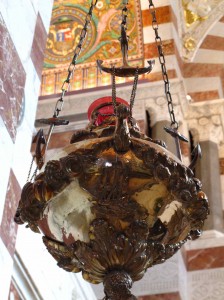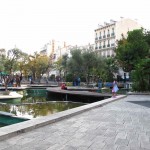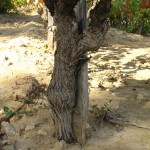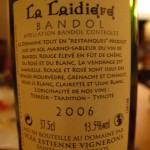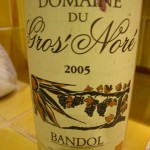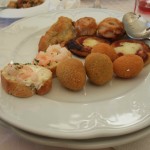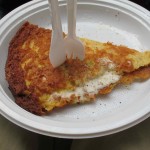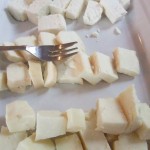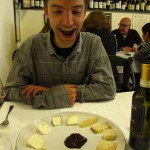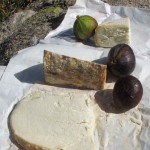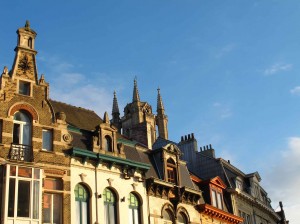 This was my second visit to Ghent, a town I thought would be nice to retire in a decade ago when I was last here. Perhaps I had a different view of what retirement entailed as a younger one as the city seems to have become a lot busier in the 21st century. Its charm is still readily apparent; the streets bustle with bicyclists of all ages, sleek trams and compact cars. We saw a young woman dressed in boots and a skirt rolling her suitcase along the cobblestone street as she biked around a corner with one hand on her handlebars. I can only think of one city where such a feat is possible, and that city is Ghentacular!
This was my second visit to Ghent, a town I thought would be nice to retire in a decade ago when I was last here. Perhaps I had a different view of what retirement entailed as a younger one as the city seems to have become a lot busier in the 21st century. Its charm is still readily apparent; the streets bustle with bicyclists of all ages, sleek trams and compact cars. We saw a young woman dressed in boots and a skirt rolling her suitcase along the cobblestone street as she biked around a corner with one hand on her handlebars. I can only think of one city where such a feat is possible, and that city is Ghentacular!
GENERAL TIPS:
We stayed at the quaint Onderland Logis (Rabotstraat 62, Tel: +32 9 228 85 38; www.onderland.be/onderland/index_nl.html), located in a renovated 19th-century coach house owned by a family that lives in another wing of the expansive property. Formerly, they had an art gallery here so the only signage you will see on Rabotstraat says “Onderland Galerie.” Knock at the heavy, unmarked door here and wait for someone to open – don’t worry, you are at the right place! For this reason, it is important that you phone ahead to inform Onderland of roughly what time you will be arriving. They are in a quieter part of town but only a 10-minute walk from the main canals and stretches of good restaurants. The family also maintains a property in the Ardennes, a region in southeastern Belgium rich in beer culture.
We walked from Gent-Sint-Pieters train station to Onderland, which took 20 minutes of map-checking and meandering. On the way back to the station, we took De Lijn tram line #1 as the stop is across the street from the lodge. There is a ticket machine at the stop so you can buy your fare then. We’ve read that if a stop has a ticket machine, the conductor will not sell you a ticket so be aware!
Stroll through Werregarenstraat, the famed alley of legal graffiti with an ever-changing cast of characters. On our visit, we saw Optimus Prime! Styles vary but subject matter veers more towards tame and cutesy. A number of well-known wielders of spray cans have multiple works in the city so a fun way to see the city is to hunt for works by specific artists.
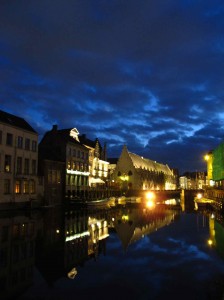 Take sunset photos on the canals with no flash. Even if it’s overcast, the last light of day often peeks through the clouds so you can easily take this sort of photo:
Take sunset photos on the canals with no flash. Even if it’s overcast, the last light of day often peeks through the clouds so you can easily take this sort of photo:
We unfortunately didn’t have time to do this, but on my last visit, I climbed up probably every cathedral tower that it was possible to climb as it was warm and I needed to work off several cauldrons of moule frites. Try to time your ascent on the hours that the church carillon is being played as you may be able to see the professional behind the chunky keys at work. The batons, as they are sometimes called, are depressed by fists instead of fingers, which makes live carillon performances interesting to watch as well as hear.
SHOPS
Melanie’s World (Corduwaniersstraat 7, Tel: +32 498 102 633) – “I know my beers,” proclaimed who we assume is Melanie. At the time, Chris was staring with his mouth agape at her selection of his favorite beverage. The world of Melanie is indeed a fascinating one filled with items such as Singaporean sesame oil, nasi goreng mix, Skyflakes (the Filipino version of saltines), Indian cinnamon bark and a top-notch selection of beer. On the evening we went, she was pouring an interesting red blend from South Africa which we sipped while chatting with her weathered, modern-day Rembrandt-looking partner. The next day, he nodded to us from his bicycle as we passed each other on Groentenmarkt – always nice to be recognized!
We were on Groentenmarkt to stop by Yves Tierenteyn-Verlent (Groentenmarkt 9, across from the outdoor green market) for a Very Important Mustard Mission. The famed condiment is made on the premises from a centuries-old recipe and thus we had to buy a bottle. Stupidly, we bought the second smallest container, a mere 4 ounces! Perhaps one fine day there will be a Ghent-Brooklyn Mustard Tunnel a la the Alameda-Weehawken Burrito Tunnel: idlewords.com/2007/04/the_alameda-weehawken_burrito_tunnel.htm. For now, we will savor the supply we have and attempt to recreate the secret recipe, which is a combination of stone-ground brown and white mustard seeds with salt and vinegar.
Blondeel Lederwaren (Donkersteeg 17, tel: +32 9/2333005), across from Gwenola, a cute place where we lunched on Brittany-style crepes, was where Chris bought his man bag by the curiously named German brand, Aunts and Uncles. This was the only store we saw throughout Europe with a financially and fashionably palatable selection of masculine carry-alls. They carry a wide-range of luggage and handbags for both sexes and the enthusiastic, knowledgeable girl working there also added to the experience.
Not far from the graffiti on Werregarenstraat is Hoogpoort, which has a number of good boutiques. The Skunkfunk purse that Chris bought for me at Cream (Hoogpoort 9, tel: +32 9 224 0085) has been complimented the world over and is the perfect size for me as it comfortably fits my cell phone, wallet, digital camera and datebook. The men’s section unfortunately suffered from Carhartt overload; when we were there, it was literally the only brand they carried. But across the street there was an outlet with more brands and significantly slashed prices to boot.
Kaas Mekka (Koestraat 9, tel: +32 9 225 83 66) was the best cheese shop we found in Ghent.
We noticed that outside of Brussels, most Belgians were more willing to speak English than French so we were able to easily converse with the cheesemonger here and appreciated her spot-on recommendations. If you’re feeling brave, try Herve, which we had sampled earlier in Bruges. This was one of the AOC Belgian cheeses we tried – let’s just say that it raised the adjective “gamey” to new heights.
BARS/RESTAURANTS
“What language do you speak?” asked our bemused Turkish waiter after Chris placed his order in an eager stream of French, German and English. After weeks of eating purely continental European food, we were dying for something different. We wandered to Oudburg (10 minutes’ walk from Onderland) where we found Ankara (Oudburg 44, tel: +32 9 225 78 18). Oudburg had a number of non-European restaurants on it, including a Mexican cantina and a Moroccan place. Of the many things we ordered, our favorite was the moussaka.
We thought we were true travel geniuses when we came across Le Baan Thai (Corduwaniersstraat 57, tel: +32 9/2332141) down an alleyway and across a beautiful courtyard, but then we saw the Michelin stickers on the window and accepted the truth that others knew about it before us. I guess only restaurateurs with great confidence in their product can be located where there is little foot traffic. However, Ghent is the sort of city where you can venture down almost any alleyway and find something of interest. We had dinner at Le Baan Thai, which was completely full when we arrived but the hostess was somehow able to seat us quickly. The food was full-flavored and spicy; we were thankful for the liter-sized expensive bottle of water our waitress set down. Another reason to go here is to observe the endlessly entertaining, spritely waiter who sashayed between the tables and presented a wine bottle as if it was the Holy Grail. Dinner theater!
It wouldn’t be a trip to Belgium without chocolate. Like Johnny Depp in “Chocolat”, my favorite is hot chocolate and Huize Colette (Belfortstraat 6) makes a lip-smacking cup of the rich stuff. We double-indulged and got a mug of hot chocolate with Maltesers melted therein. They have a number of different types of chocolate that you can order and also offer breakfast and pastry items, some made with Tierenteyn mustard. If you can read Dutch, this is a wonderful place to spend an afternoon as vintage books and current magazines line the walls.
The industrial chic Gruuthuis (Grote Huidevettershoek 10, tel: +32 9 233 68 21) was opened a year ago and serves mighty tasty brews made from a blend of spices and plants instead of hops, or gruut. Before hops were discovered as a key beer-making ingredient, gruut was a commodity that made the families who controlled the market extremely rich. Bruges’ beauty is due to the wealth of the burghers who made their home there. Gruuthuis seems to be in an up and coming part of the city where matte metal siding blends in with traditional stone Flemish architecture. There aren’t as many shops here as of yet so there’s less traffic, making this part of town a great area to bike around when the weather is good.

